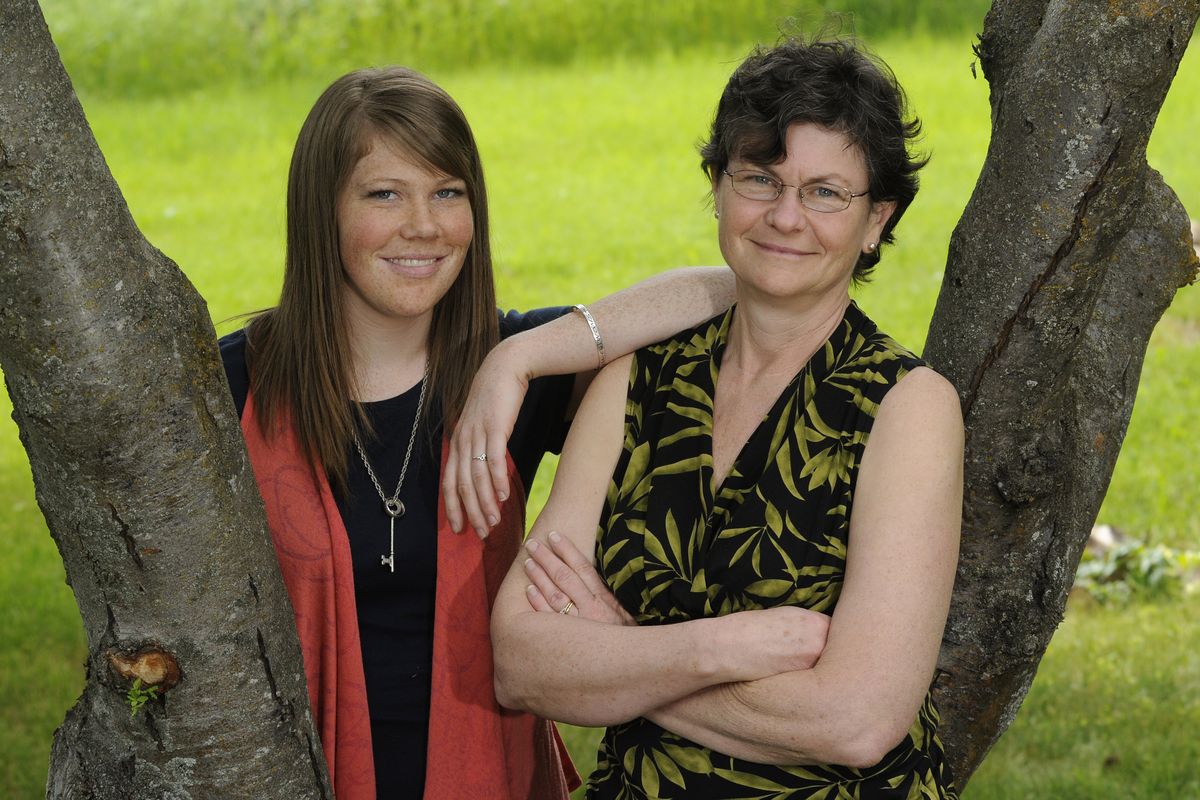Faith, sharing help family come to grips with loved one’s suicide

Carl Nelson was outgoing and amiable, known for befriending international students and striking up conversations with anyone. And he was goofy.
“He was really funny, eccentric,” said his sister, Ahna Nelson. Their mom, Carol, agreed, recalling the time Carl was eating an ice cream cone and got some on one cheek. When his teacher pointed it out he took the cone and smudged ice cream on the other cheek with a grin.
They both smiled at the memory, which is bittersweet because they miss him. On Nov. 28, 2007, Carl, a sophomore at Seattle University, committed suicide. After weeks of sleep deprivation and depression, he hanged himself.
“It was a horrible year,” said Carol.
That pain and loss will always be with them, mingled with the good memories. Now, more than three years later, the mother and daughter share some of what they’ve learned about grief and surviving Carl.
At the time Ahna was a senior at Northwest Christian School. When she went back to school she told her classmates to treat her like normal. “But they treated me like nothing happened. People my age have trouble talking about it,” she said, shaking her head.
“Because people don’t know what to say, they avoid it,” explained Carol. “Even your best friends say they want to be there but then talk about themselves. They don’t even ask about the elephant in the room. They totally avoid the subject.”
Carol and Ahna are both quick to express understanding for the misguided silence. “I think they’re afraid to upset you,” said Carol.
“But you’re already upset,” added Ahna. “(Carl) is always on your mind.”
This problem, they feel, is partly a result of societal pressure to be strong and swallow the varied emotions that accompany grief. But the Nelsons said they feel it’s far better to express those feelings and let the tears flow rather than suppress them. Carl’s death was a great loss that called for tears.
“The biggest misconception about grief is that if you get upset or cry, you’re not OK,” said Carol. “But crying is healthy. It’s good. Society has it backward.”
Next to silence, the Nelsons discovered people sometimes use clichés to express sympathy, without stopping to weigh their words. Ahna recalled hearing over and over that Carl was in a better place, a sentiment that failed to comfort, though she has deep faith that this is true. “It makes it worse. They are minimizing your pain.”
The times she felt most comforted were when people asked questions, as simple as asking if she wanted to talk about Carl. “You don’t have to know what to say as long as you can listen and show you care,” she said. “People mean well but they are ignorant.”
For Carol, it meant a lot when friends brought her coffee and just sat with her, listening. “I drank more lattes than I’ve had in my life,” she said with a chuckle.
Reading books about grief and scripture as well as attending a bereavement support group through First Presbyterian Church have helped as well, the women said. They’ve listened, shared and written letters while working through some of the emotions that accompany grief – sadness, anger, guilt. It’s a process that evolves but doesn’t end.
While many people refer to steps of grief, Carol said she learned it’s more like a spiral. Rather than going through an emotion and moving on, you move forward but experience it again in different ways.
This loss and grief has changed them, they said.
“You learn to value the big things and get rid of the small things,” said Ahna. “I see life as more rich and deep and meaningful.”
“My life has really slowed down,” added Carol. “I don’t take my family for granted, that they will always be there.”
While the sadness will always be a part of them, the Nelsons are keeping Carl’s memory alive, holding fast to their faith that they will see him again. They remember his fiddle playing, his fluency in Swedish and his tenacity at figuring out problems. And they remember how much laughter he created.
Ahna said it helps to look at pictures and video of Carl. “It’s tangible. I feel like I’m losing a lot of memories of him. To look at video brings it back.”
Carol nodded, describing a picture of Carl and Ahna at ages 6 and 3. They’d gotten into a jar of peanut butter and smeared it all over their faces. “It is good to see videos of him,” she said. “For the longest time I couldn’t visualize him being happy, because of the circumstances. I could only think of him being depressed. So seeing videos of him happy is good because how he died wasn’t how he was most of the time.”